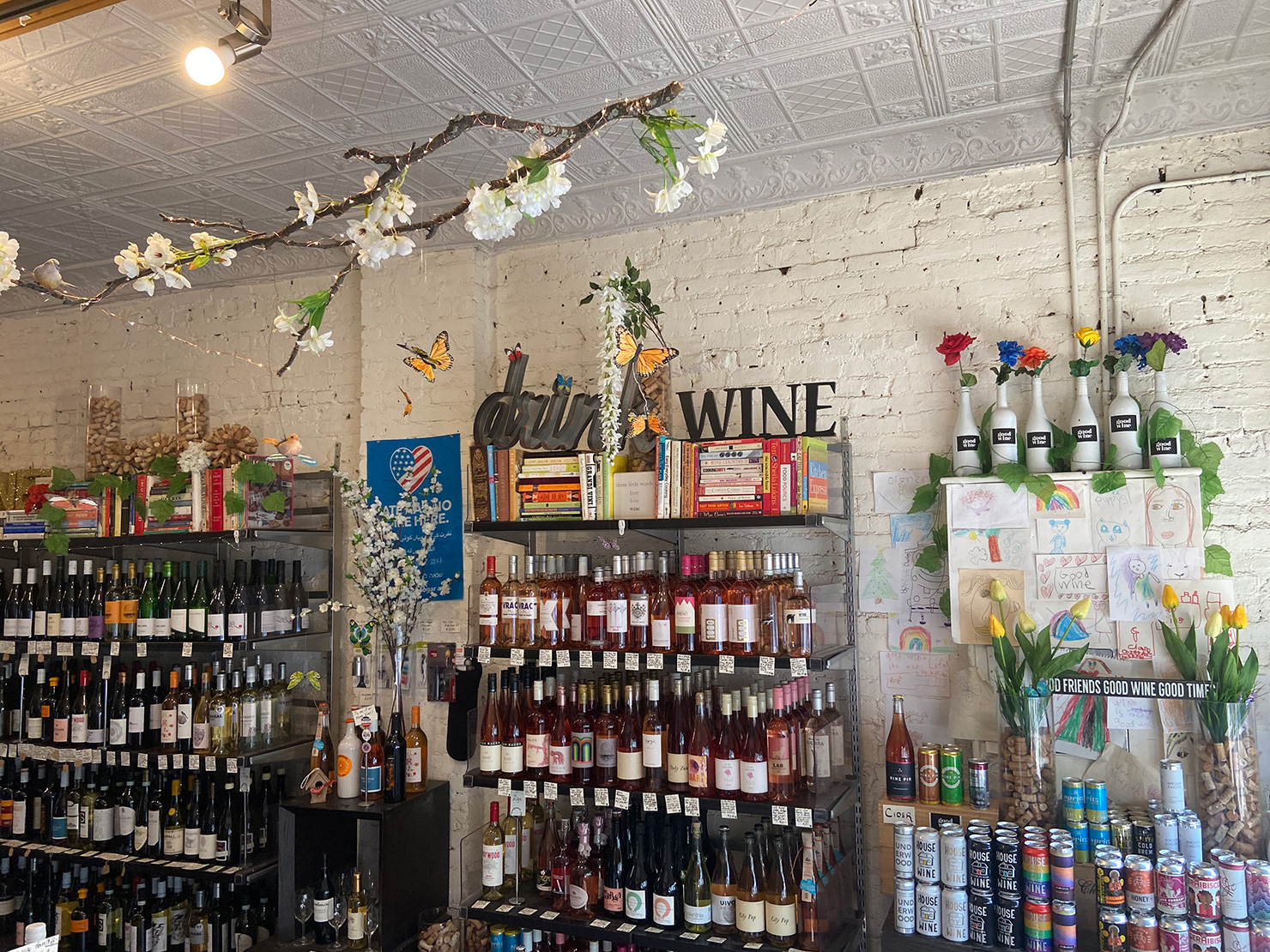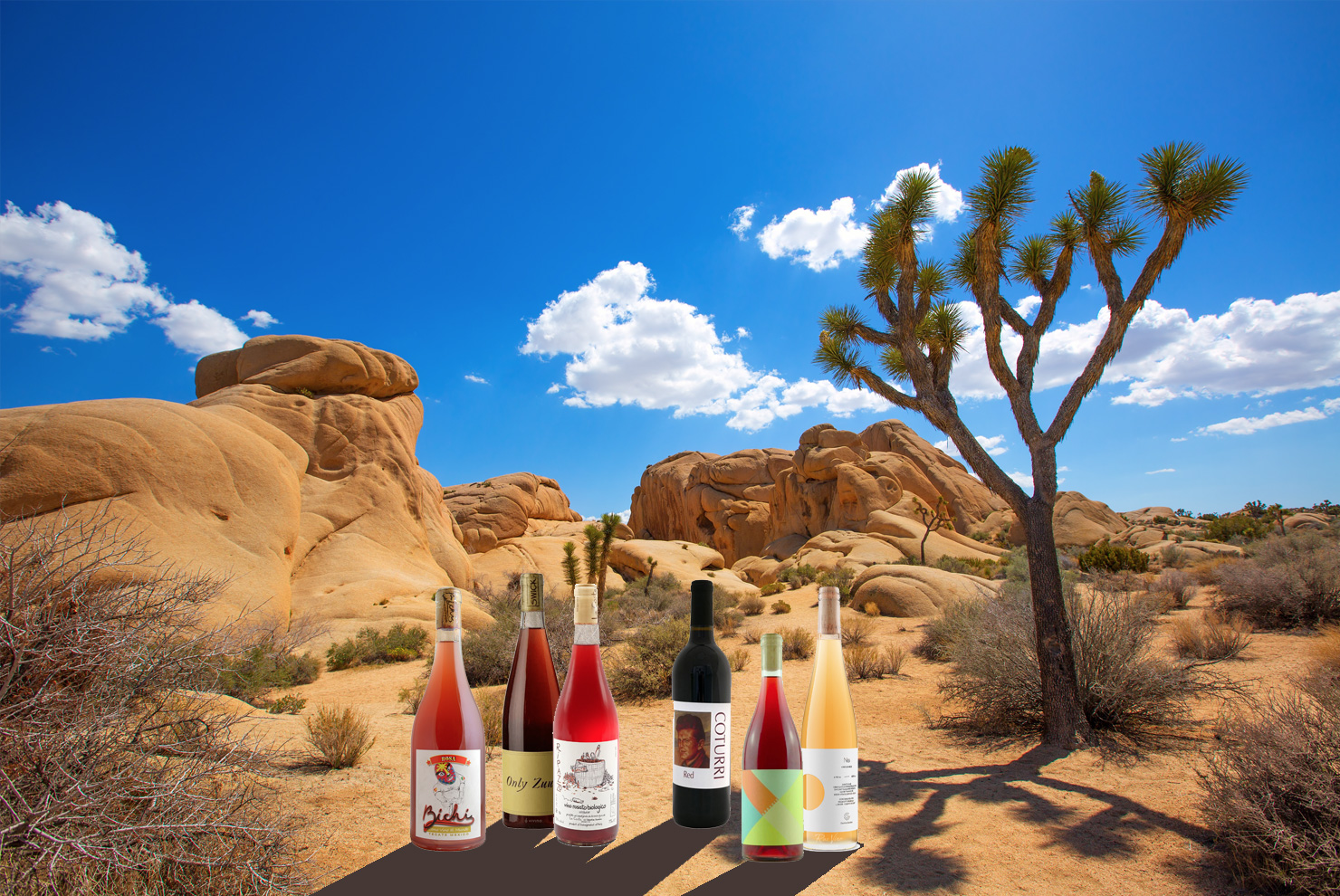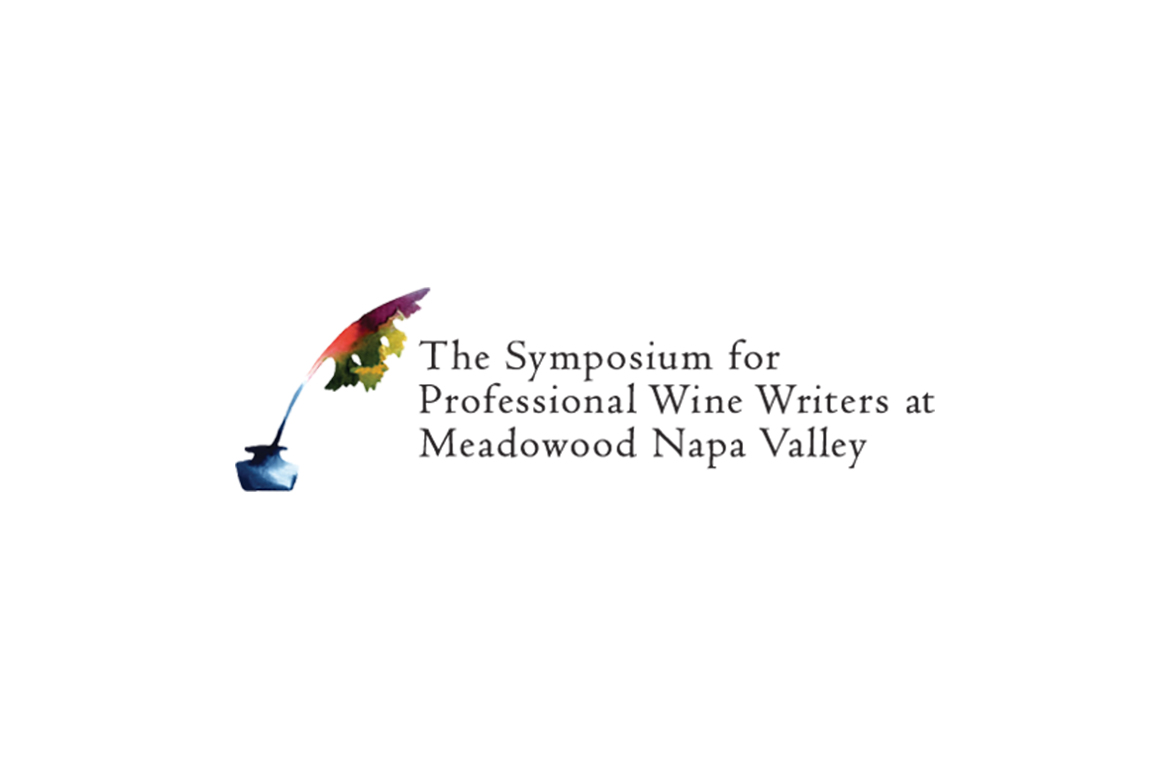On a clear-skied Saturday morning in early October—the middle of harvest season here in Alsace, east of Colmar—Christian Binner is labeling full-to-bursting buckets of Riesling and Gewurztraminer in the back of his van, marking them with scrap paper bearing parcel names. He and his young Canadian intern are collecting grape samples. We’ve visited parcels in the Côteaux d’Ammerschwihr and several in the grand cru of Kaefferkopf before arriving at the outskirts of the village of Katzenthal, at the base of an almost vertical vineyard slope in the Wineck-Schlossberg appellation, where he owns just three rows.
“We don’t have to go all the way to the top,” Binner says as he hands us two buckets each, explaining that we can pick the samples from the middle of the hill.
Binner wears red shorts and an old red hoodie. He’s wiry, wide-eyed, pale for a vigneron, with a rocket-fueled spring in his step. As he charges pell-mell up the slope, he adds, “Of course, the view is better at the top.”

The weekend marks a momentary pause in the harvest. The rest of the team is sleeping off a celebratory Japanese dinner cooked by one of their number the previous evening. Binner’s 10 hectares are scattered across numerous sites and expositions, so not everything ripens in a seamless succession. Auxerrois and Pinot Gris are the first, Binner tells me. “Then Pinot Noir, Sylvaner, and Muscat—that’s the second period of harvest. At the end it’s the Riesling and Gewurztraminer. But a Riesling in the plains will ripen more quickly than Riesling on a hillside site. And it’s also always organized according to other factors—the altitude, the exposition, the age of the vines, and the type of wine we want to make,” he continues.
Harvest chez Binner typically lasts about a month and involves a team of around 20. Many are WWOOFers—volunteers from World-Wide Opportunities on Organic Farms—an organization that offers organic farming experience in exchange for room and board. Others are local youth and visiting sommeliers from around the world.
It’s also a family affair. In the winery, Binner’s nonagenarian father Joseph mans a custom grape press he himself invented. Monique, Binner’s mother, oversees the house and kitchen. His sister Béatrice oversees labor administration and wine shipments, while his girlfriend Michelle directs the harvest team in the vines. The latter task requires a certain polyvalence, chez Binner: the previous day, while half the team picked Riesling, the other half planted winter leeks between vines in an already-picked row. Domaine Binner, practicing organic since before the advent of chemical agriculture in mid-century, has been certified biodynamic since 2003.
The 2018 vintage—as elsewhere in France—has been generous. Binner foresees yields of 55 hectolitres-per-hectare; in a more average year, he’ll bring in closer to 40 hectolitres-per-hectare.
 When I arrived two days before, he had just begun to harvest his flatter parcels of Riesling in “Champ des Alouettes,” not far from the winery in Ammerschwihr. We worked two to a row, in wide-spaced vines, harvesting everything except certain patches where leaf damage had led to unripe bunches. In other wine regions, many quality winemakers tell their harvesters, “If you wouldn’t eat it, don’t pick it,” but the adage doesn’t apply here. The ripe green Riesling bunches are streaked with purple botrytis, sweet-smelling and sickly-soft to the touch. We were even instructed to include fallen grapes, as long as they weren’t covered in dirt. I couldn’t help balking, initially, even as I reflected that the purity and intensity of Binner’s mostly unsulfured bottled wines testify to the wisdom of the practice.
When I arrived two days before, he had just begun to harvest his flatter parcels of Riesling in “Champ des Alouettes,” not far from the winery in Ammerschwihr. We worked two to a row, in wide-spaced vines, harvesting everything except certain patches where leaf damage had led to unripe bunches. In other wine regions, many quality winemakers tell their harvesters, “If you wouldn’t eat it, don’t pick it,” but the adage doesn’t apply here. The ripe green Riesling bunches are streaked with purple botrytis, sweet-smelling and sickly-soft to the touch. We were even instructed to include fallen grapes, as long as they weren’t covered in dirt. I couldn’t help balking, initially, even as I reflected that the purity and intensity of Binner’s mostly unsulfured bottled wines testify to the wisdom of the practice.
“It’s a sign that it’s ripe,” says Binner of the Riesling. “For me, it works well to harvest from the ground. I’ve always done it. I found it a shame because it’s always the nicest, most ripe grapes that fall first, so I find it ridiculous to not collect them. But in years when it rains every day, or when the grapes are totally sullied by the earth, or moldy, because they’ve sat in the wet grass, then we don’t take fallen bunches.”
Binner continues: “I remember I once did a sélection de grains nobles in 1997 [sweet wine from botrytised grapes] entirely from grapes collected from the ground. The grapes on the earth were so withered, because they were no longer on the vines and they were in the sun. When we do our work in biodynamy and all, there’s nothing to throw away. It’s crazy to have a sorting table and to bring in only super-sorted grapes, only tiny berries. And it’s a shame, because the botrytis brings complexity in the wine.” Binner tells me he prefers a ratio of about 20% botrytis. “It brings complexity to the wine, and fat. And the good botrytis also concentrates acidity, so that’s not a problem.”

Today Binner says he’ll harvest his vines on the Côteaux d’Ammerschwir the following week; the slightly higher-altitude vines in an adjacent parcel of Kaefferkopf will wait for the week after.
Wineck-Schlossberg, where we struggle up the hill with our sample buckets, derives its hyphenated name from the Château de Wineck, unusually situated in the middle of vines; the cru is thusly differentiated from a different, larger grand cru entitled Schlossberg. (Schloss meaning castle or château in German; Alsace contains numerous literal schlossbergs, or mountain castles.) Binner’s three rows of Riesling here are pitched at an angle of more than 70°. Typically, during harvest, certain well-built harvesters are assigned the role of porteur, designated to carry the larger bins into which harvesters empty their buckets. I can’t help thinking, as we pause, panting, at the top of the hill, how much it would suck to be the porteur in Wineck-Schlossberg.
As promised, the view is almost worth the climb, a roller-coaster undulation of vines that seems to bear Château de Wineck like a buoy on a wave before cascading down to the toy-sized houses of Katzenthal.
Binner peers into our buckets, explaining that he’ll measure the sugar, the tartaric acid, and the visual maturity of the grapes in each parcel before harvest.
“It’s a lot of criteria,” he explains, as we begin stepping gingerly back down the hill. “It permits us to see the evolution from one week to the next. There are parcels we look at each week, and we have to decide when to say, ‘We do it now!’”

As for the 2018 vintage, Binner tells me it’s among the least-sorted harvests he’s had. “It’s abundance and quality at the same time—something that doesn’t exist on paper in principle,” explains the winemaker. “Because we always say you can’t have a lot of harvest and very good quality. But this year it’s true. And it’s quite astonishing,” he says.
“Vintages like this, we see just a few of them in a career.”
Quotes have been condensed and edited for clarity.































